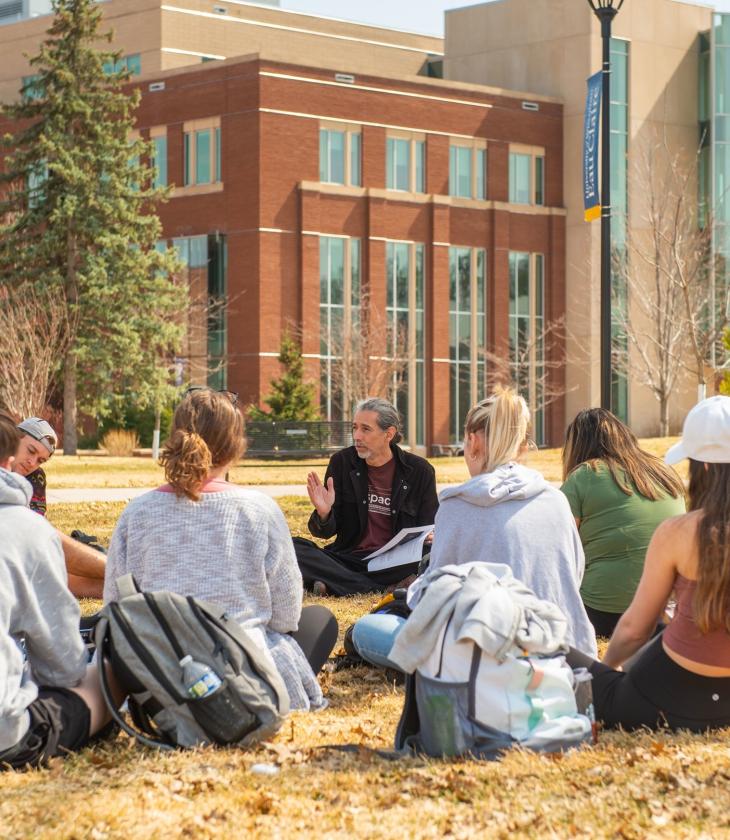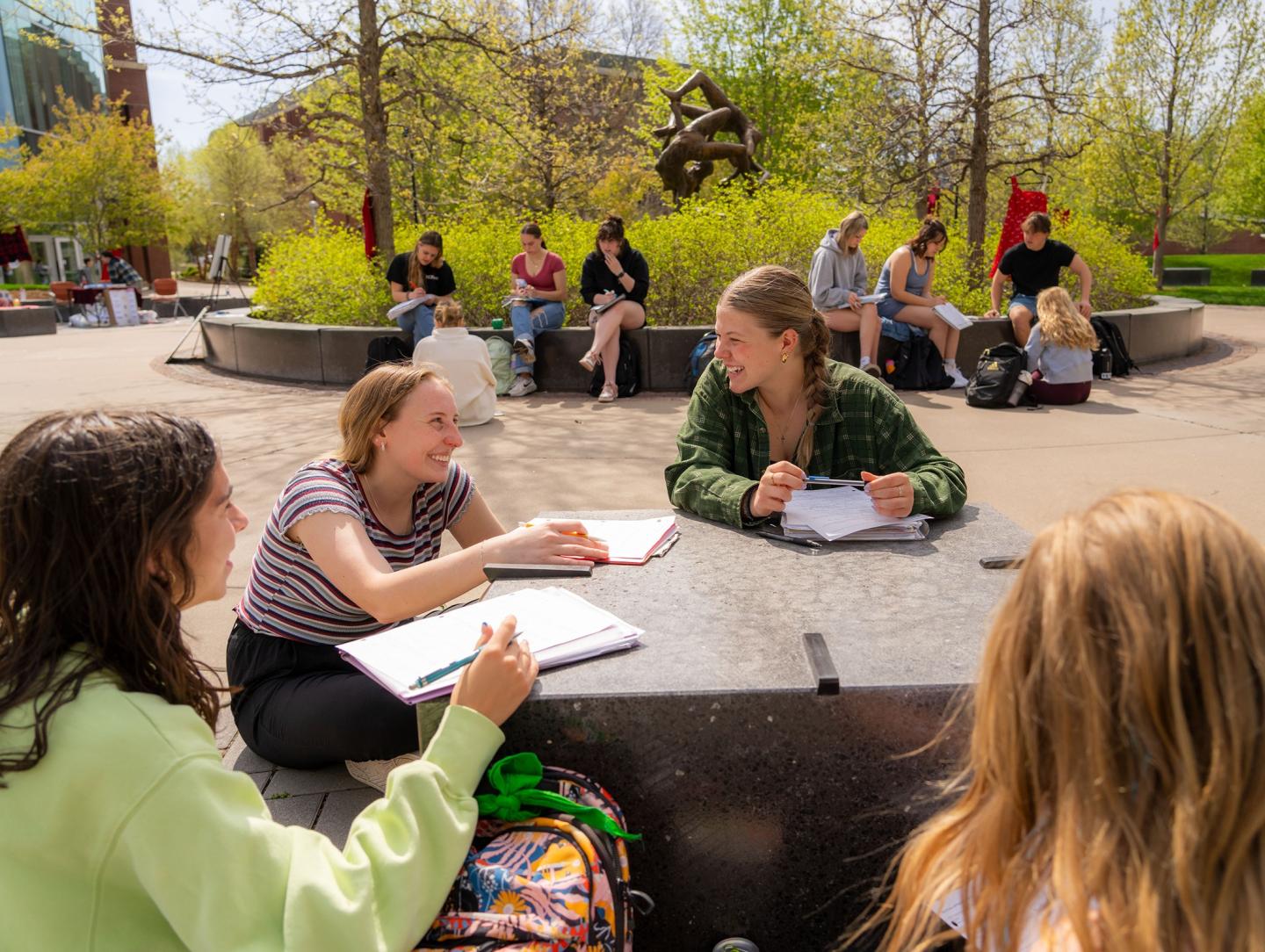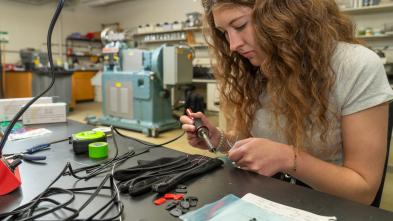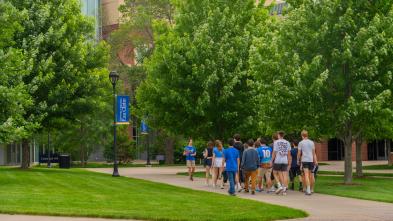
College of Arts and Sciences
Home of the Liberal Arts and Sciences
The College of Arts and Sciences has a wide range of departments and programs that make us a unique college. Although our majors and departments are diverse, what they all have in common is providing our students with an engaging liberal education, unique local and global academic opportunities, supportive faculty, and academic resources. Your UW-Eau Claire liberal arts and sciences education will prepare you to be an engaged critical thinker and leader in society.
Our Departments and Programs
When you choose to become a part of the College of Arts and Sciences, you instantly become a part of a diverse community made up of several different departments. You will learn from chemists, musicians, philosophers, and everyone in between who will take pride in leading you through your academic journey.


